Your garden is a blank canvas waiting for creativity. You can grow veggies in small spaces, like on balconies or windowsills. Try planting colorful tomatoes, leafy greens, or rainbow carrots to make your garden pop. Adding flowers nearby helps bees and butterflies visit, which helps plants grow better.
Learning new tricks, like using recycled containers or building raised beds, makes gardening fun and easy. Every idea you try brings new joy and helps the earth.
Need fresh ideas for your garden? Start with simple steps that fit your space. Use vertical space with trellises or hanging pots to grow more.
Pick plants that mix well, like herbs with veggies, to keep pests away. These smart choices make your garden lively and full of life. Try one new idea today and watch your garden bloom!
Raised Bed Inspirations
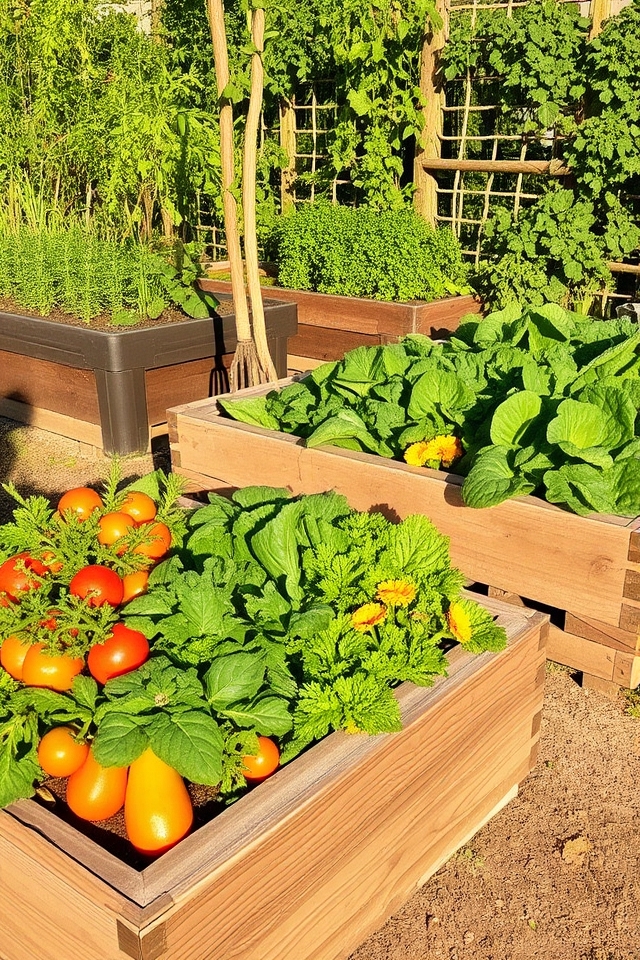
Raised beds are a fantastic way to maximize your vegetable garden’s potential. They provide excellent drainage, improved soil quality, and easier access for planting and harvesting. Consider using materials like reclaimed wood, metal, or bricks to create a visually appealing structure. You can design your beds in varying heights and shapes, allowing for a unique garden layout. Incorporate companion planting to enhance growth and deter pests, making your raised bed not just functional but beautiful as well.
Vertical Garden Solutions
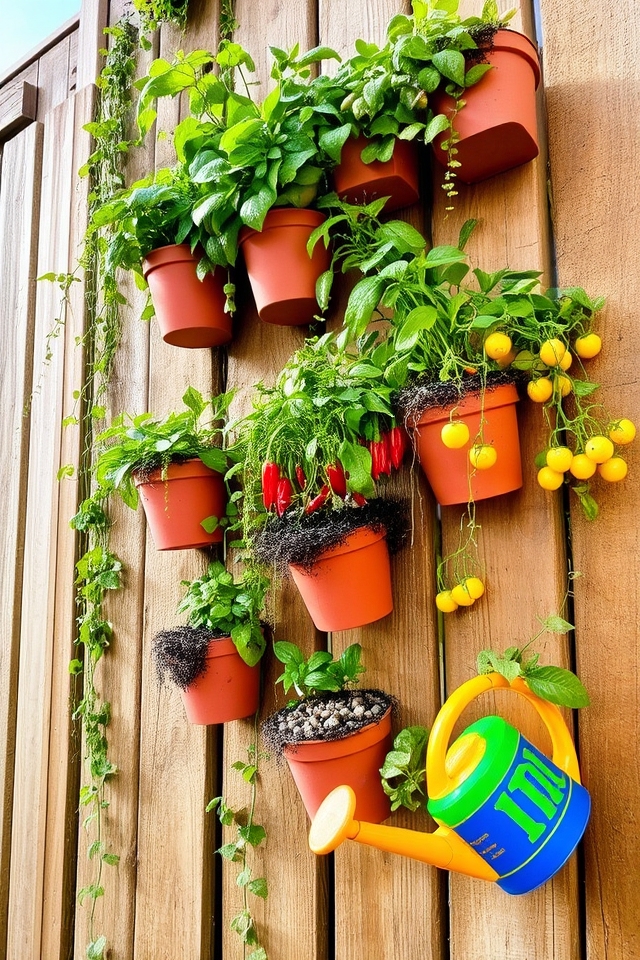
Vertical garden solutions are an innovative way to maximize space while bringing greenery to urban areas or small backyards. Utilizing walls, trellises, or hanging planters, these setups allow for the cultivation of a variety of vegetables, herbs, and flowers vertically. This not only optimizes sunlight exposure and airflow but also minimizes pest problems. With creative designs and efficient use of materials, vertical gardens offer a beautiful and functional gardening solution for limited spaces.
Container Gardening Creativity
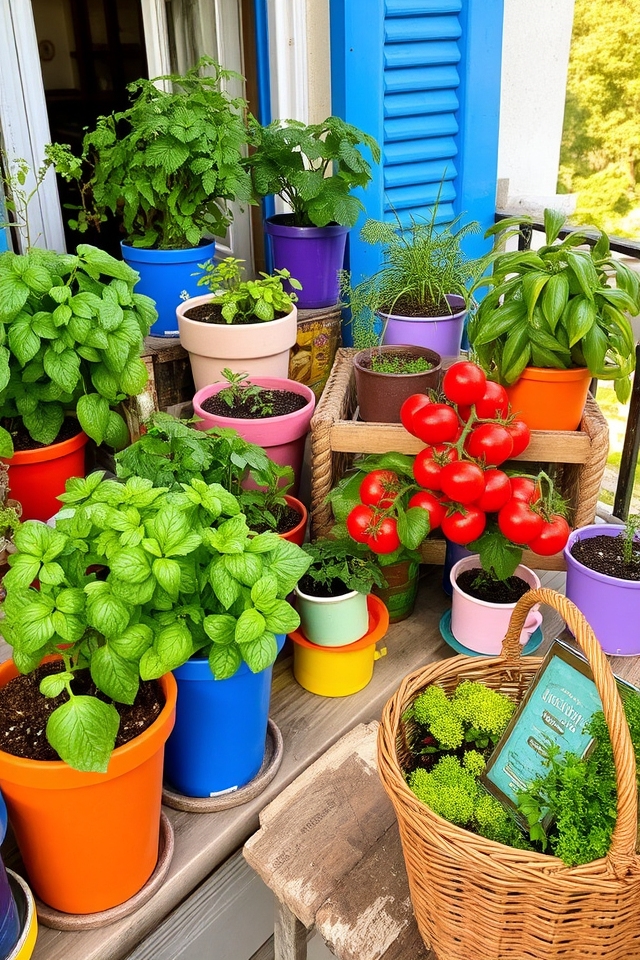
Container gardening offers an innovative way to cultivate vegetables, especially for those with limited space. By utilizing pots, crates, or even repurposed household items, you can create a vibrant and productive garden on patios, balconies, or small yards. Experimenting with different container shapes, sizes, and colors not only enhances aesthetics but also allows for crop rotation and easier maintenance. Whether you opt for herbs, tomatoes, or leafy greens, embracing container creativity can yield a delightful harvest.
Companion Planting Concepts
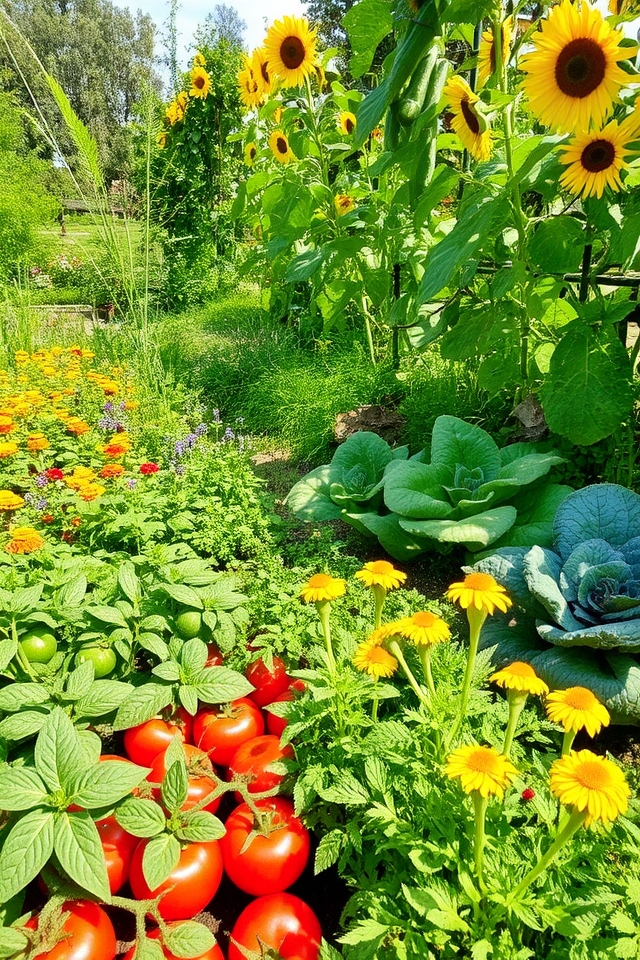
Companion planting is a gardening strategy that involves growing different plants together for mutual benefits. Certain plants can enhance growth, repel pests, or attract beneficial insects when grown alongside each other. For instance, planting tomatoes with basil can improve flavor and deter pests. Similarly, marigolds can ward off nematodes when planted near various vegetables. Understanding these relationships can lead to healthier plants and increased yields in your vegetable garden.
Edible Landscaping Ideas
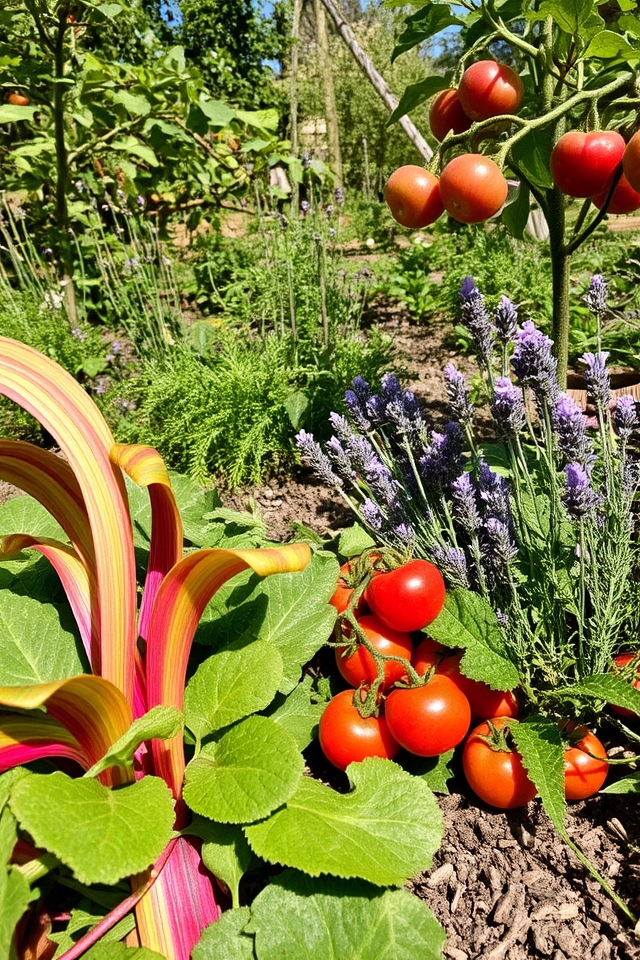
Edible landscaping combines beauty with functionality, allowing you to create a stunning outdoor space filled with fruits, vegetables, and herbs. Consider integrating colorful veggies like rainbow chard or heirloom tomatoes into your flower beds for a vibrant display. Fruit-bearing plants such as blueberries or dwarf fruit trees can serve as eye-catching focal points. Adding herbs like lavender or rosemary not only enhances the aesthetics but also brings delightful fragrances to your garden. This sustainable approach allows you to enjoy both nature’s beauty and homegrown produce.
Herb Spiral Designs
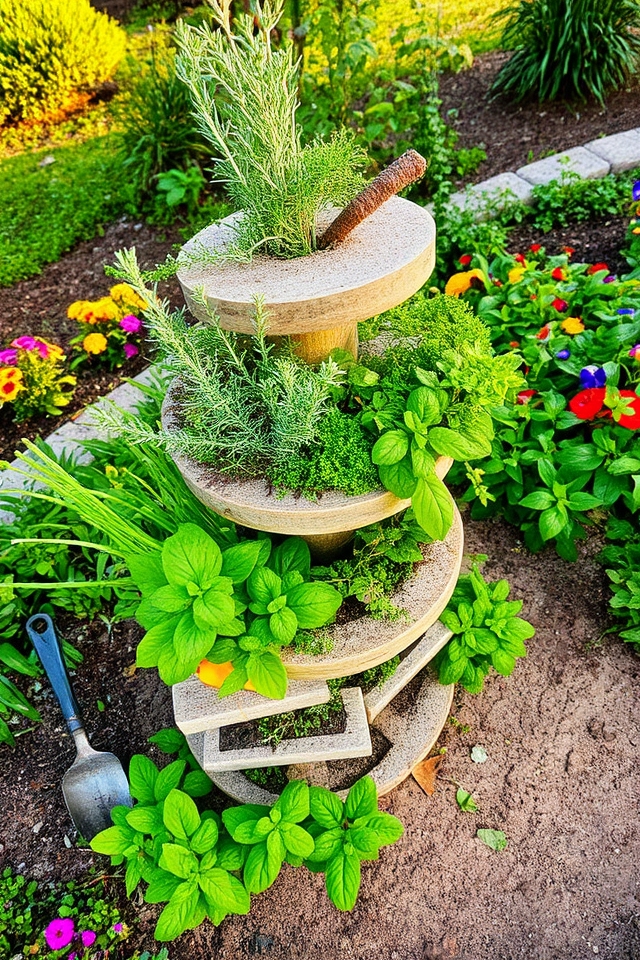
Herb spiral designs are a creative and efficient way to grow a variety of herbs in a small space. This vertical gardening technique features a spiral structure that allows for different microclimates, accommodating herbs with varying sunlight and water needs. The higher sections of the spiral receive more sunlight and drain well, making them ideal for drought-tolerant herbs like rosemary and thyme, while the lower areas can be moister, perfect for basil and mint. Herb spirals not only optimize space but also create an attractive focal point in any vegetable garden.
Pallet Garden Projects
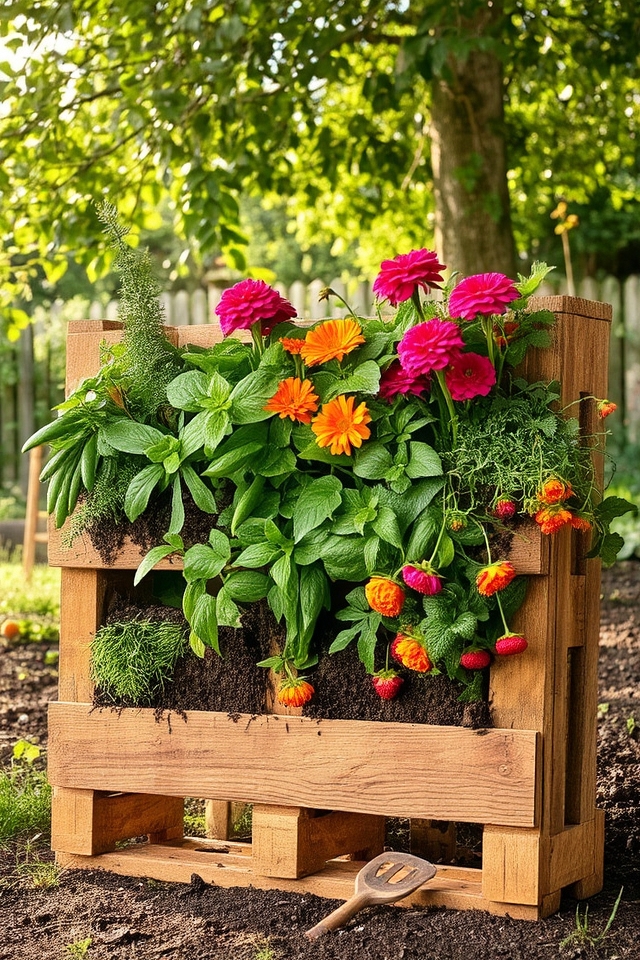
Pallet garden projects are an innovative and eco-friendly way to create a vertical garden using repurposed wooden pallets. These versatile structures can be transformed into planters for herbs, flowers, or small vegetables, making them an ideal solution for those with limited space. Simply fill the pallet’s slats with soil and arrange your desired plants. Not only do pallet gardens add an artistic touch to your outdoor spaces, but they also promote sustainability and easy gardening.
Columnar Vegetable Gardens
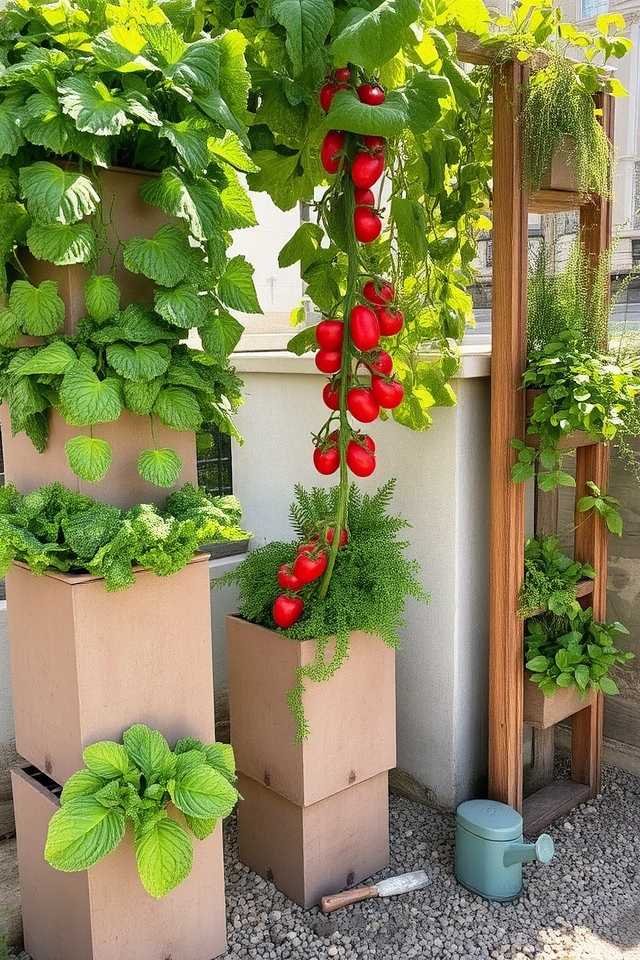
Columnar vegetable gardens are an innovative way to maximize growing space, especially in urban settings with limited room. These vertical gardens utilize upward growth, allowing for a variety of vegetables to be planted in narrow, vertical structures. Ideal for small backyards or patios, columnar gardens can include trellises, planters, or stacked pots. They not only save space but also create an attractive display, making gardening more accessible for anyone looking to grow their own produce.
Rain Garden Integration
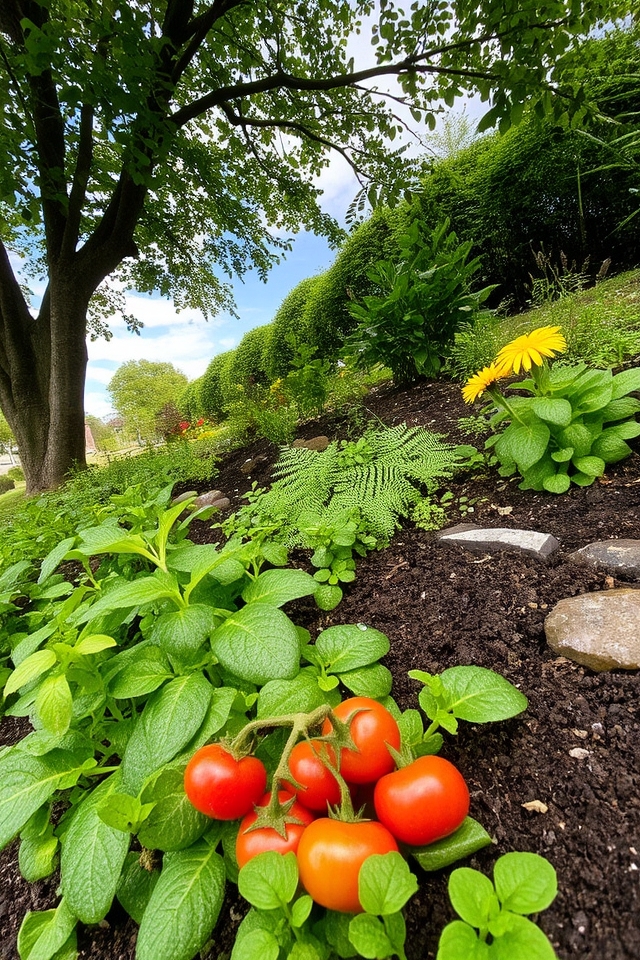
Integrating a rain garden into your vegetable garden design is an excellent way to manage water runoff while enhancing biodiversity. Rain gardens use native plants to absorb excess rainwater, reducing erosion and promoting healthy soil. Position your rain garden in a natural low area to capture rainwater, allowing it to support the vegetable garden by improving groundwater levels. This sustainable approach not only nurtures your veggies but also attracts beneficial wildlife, creating a thriving ecosystem.
Straw Bale Gardening Techniques
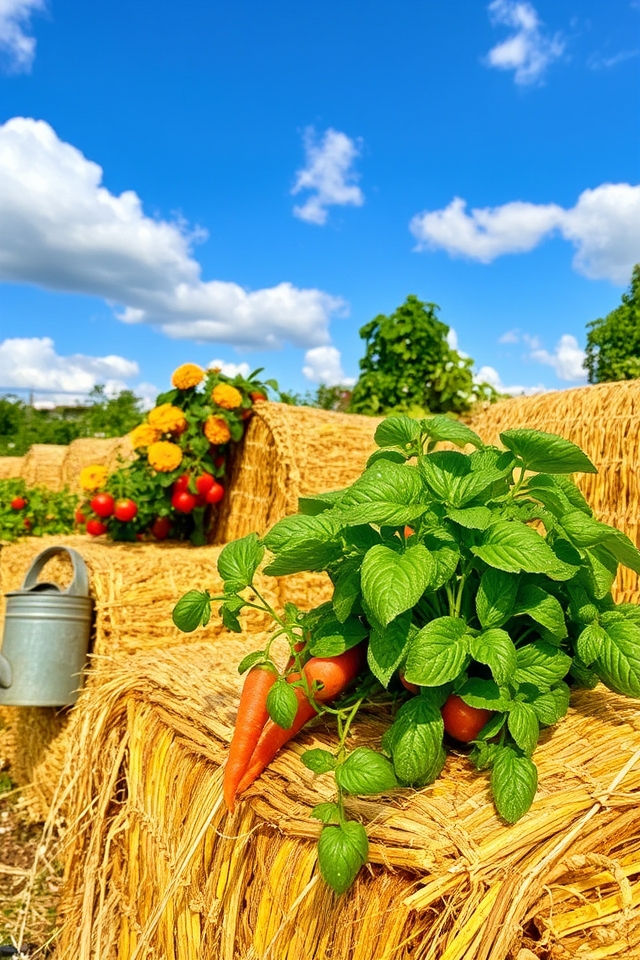
Straw bale gardening techniques involve using bales of straw as a growing medium, providing an innovative solution for gardeners with limited space or poor soil conditions. The bales are conditioned with water and nutrients, allowing them to decompose and create a rich environment for plant roots. This method promotes excellent drainage and aeration, encouraging healthy growth. Ideal for growing vegetables, herbs, and flowers, straw bale gardening also reduces weed competition and can be more sustainable than traditional gardening methods.
Themed Garden Spaces
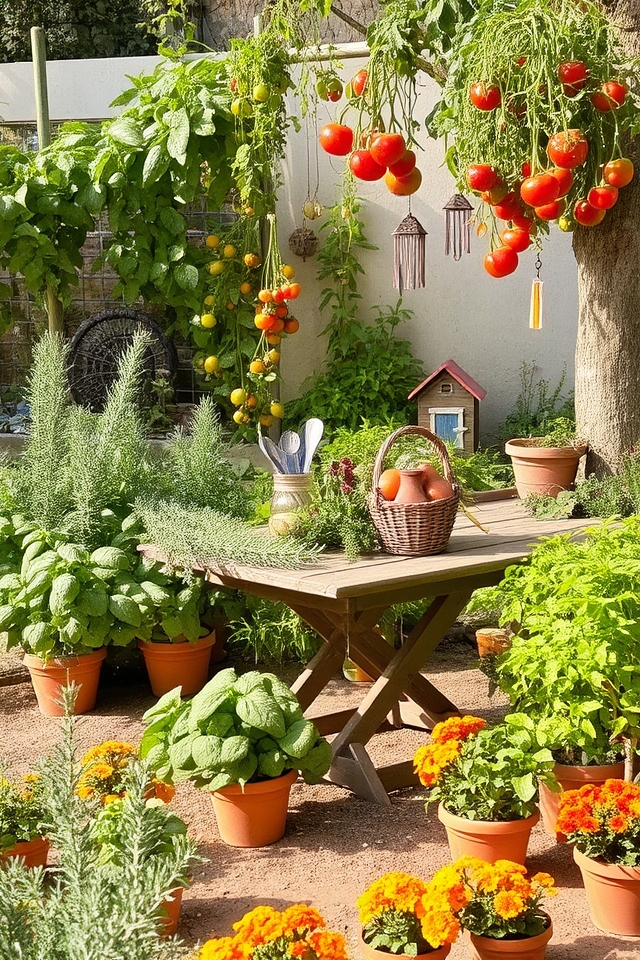
Themed garden spaces offer a unique way to showcase creativity and personal style in your vegetable garden. Whether you opt for a Mediterranean herb garden with fragrant rosemary and basil, a colorful rainbow garden filled with vibrant heirloom vegetables, or a whimsical fairy-tale space complete with rustic decorations, themes create a cohesive aesthetic. By combining plant varieties, colors, and decorative elements, you can transform your garden into an enchanting landscape that reflects your passions and interests.
Pollinator-Friendly Gardens
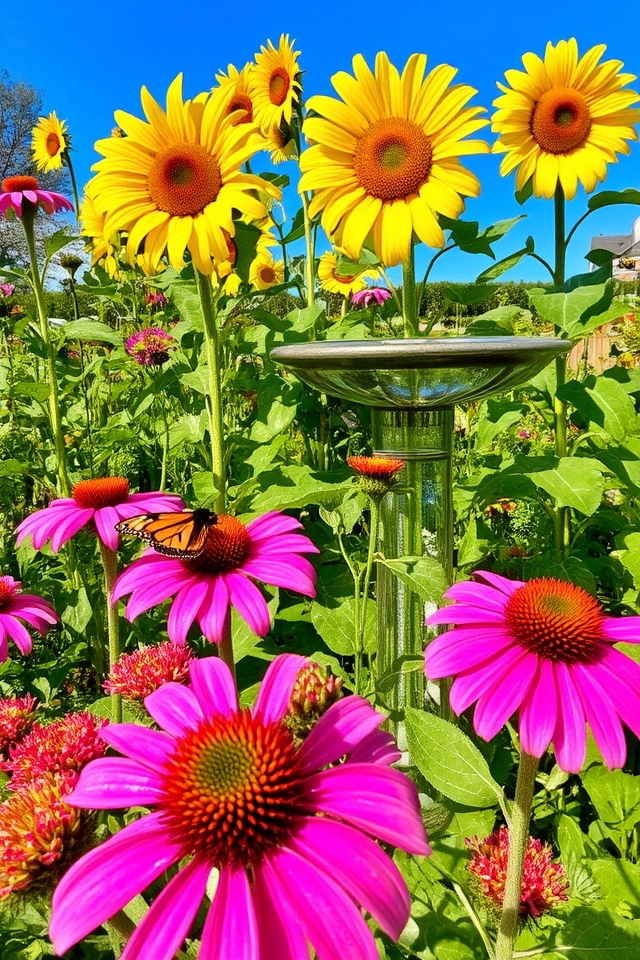
Creating a pollinator-friendly garden is a wonderful way to support local ecosystems while enjoying the beauty of diverse plants. By incorporating native flowers, such as coneflowers, milkweed, and sunflowers, you attract bees, butterflies, and other beneficial insects. Additionally, minimizing pesticide use and providing water sources like shallow bowls or puddles can enhance the garden’s appeal to pollinators. This not only boosts pollination rates for your vegetables but also fosters a vibrant, thriving environment.
Planting for Color and Texture
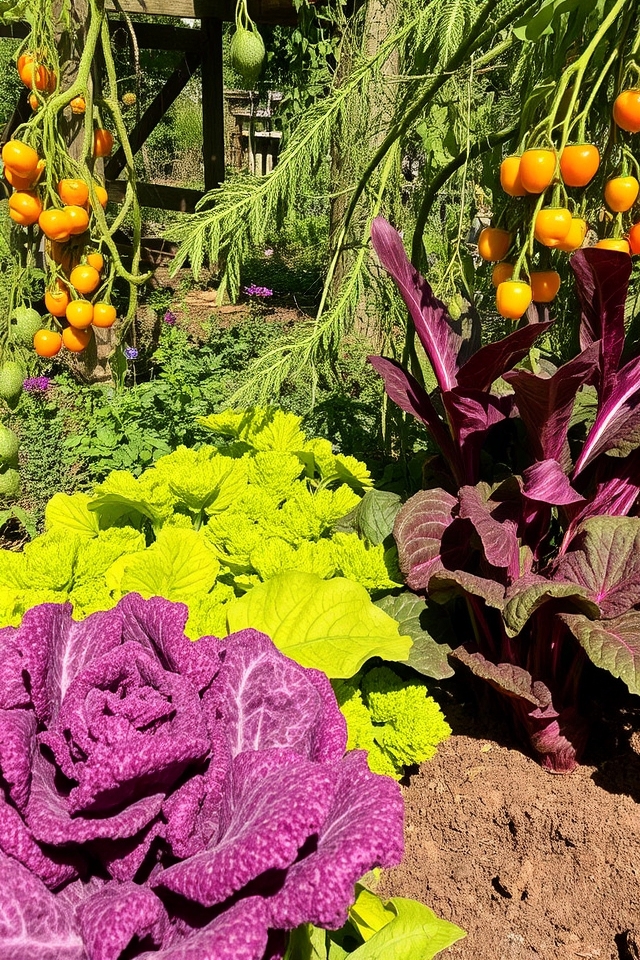
When planning a vegetable garden, consider incorporating a variety of plants that offer vibrant colors and diverse textures. Brightly colored vegetables like purple cabbage, golden peppers, and red tomatoes can create visual interest, while leafy greens like kale and Swiss chard add richness with their unique shapes. Mixing plant heights and textures not only enhances aesthetics but also promotes a thriving ecosystem. Combining plants with varying growth habits provides a dynamic, eye-catching garden that is both functional and beautiful.
Kitchen Garden Essentials
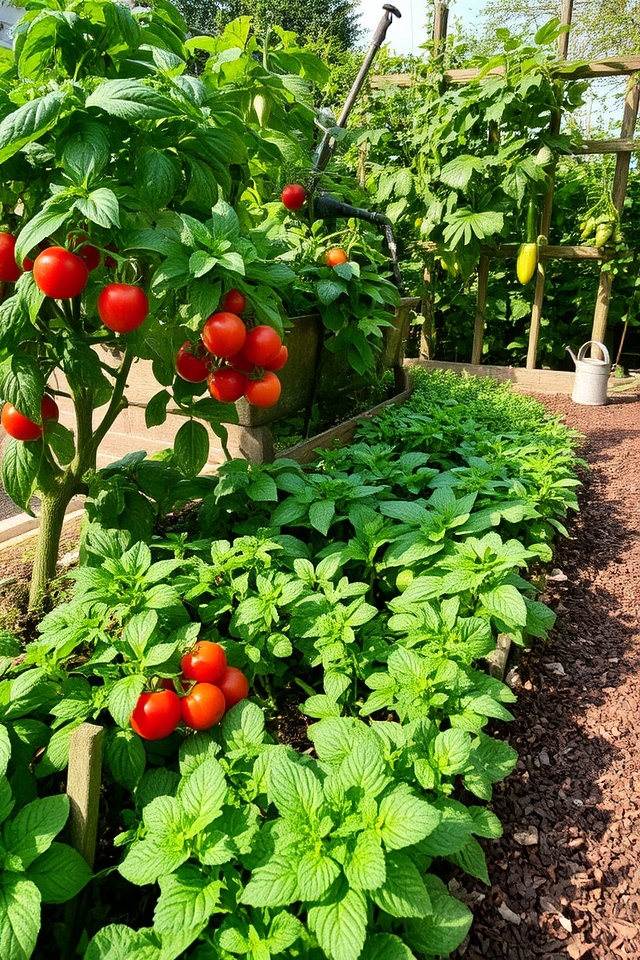
Creating a kitchen garden is an excellent way to guarantee fresh ingredients at your fingertips. Start by selecting a variety of herbs, greens, and vegetables that you frequently use in your cooking, such as basil, parsley, tomatoes, and peppers. Choose a sunny spot with well-drained soil, and consider using raised beds or containers for easier maintenance. Regular watering, mulching, and companion planting can enhance growth and deter pests, making your kitchen garden both productive and enjoyable.
Seasonal Vegetable Rotation Techniques
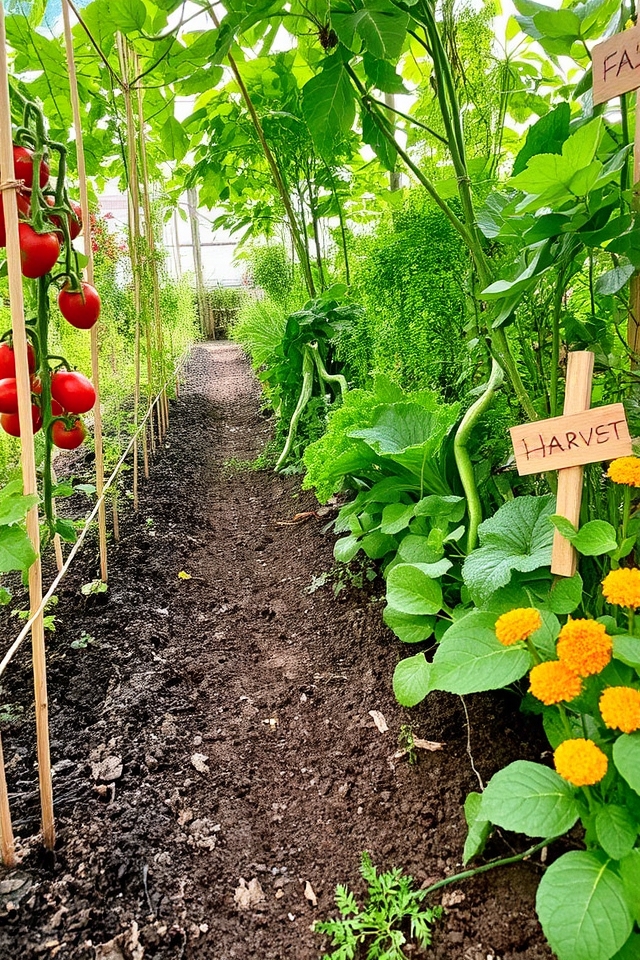
Seasonal vegetable rotation techniques are essential for maintaining soil health and maximizing crop yield. By alternating the types of vegetables planted in each garden section based on the season, gardeners can disrupt pest life cycles and prevent nutrient depletion. For example, planting legumes like beans after heavy feeders like tomatoes can enrich the soil with nitrogen. Implementing a seasonal rotation plan not only enhances biodiversity but also helps in disease prevention and promotes sustainable gardening practices.
Conclusion
As you commence your journey to cultivate your garden, think of it as painting a masterpiece. Each vegetable, like a vibrant brushstroke, adds depth and character to your canvas. By blending creativity with practicality—whether through raised beds, vertical gardens, or edible landscapes—you’ll transform this space into a thriving haven. So, gather your tools and seeds, let your imagination flourish, and watch your garden bloom into a beautiful reflection of nature’s artistry, inviting both wonder and nourishment.


